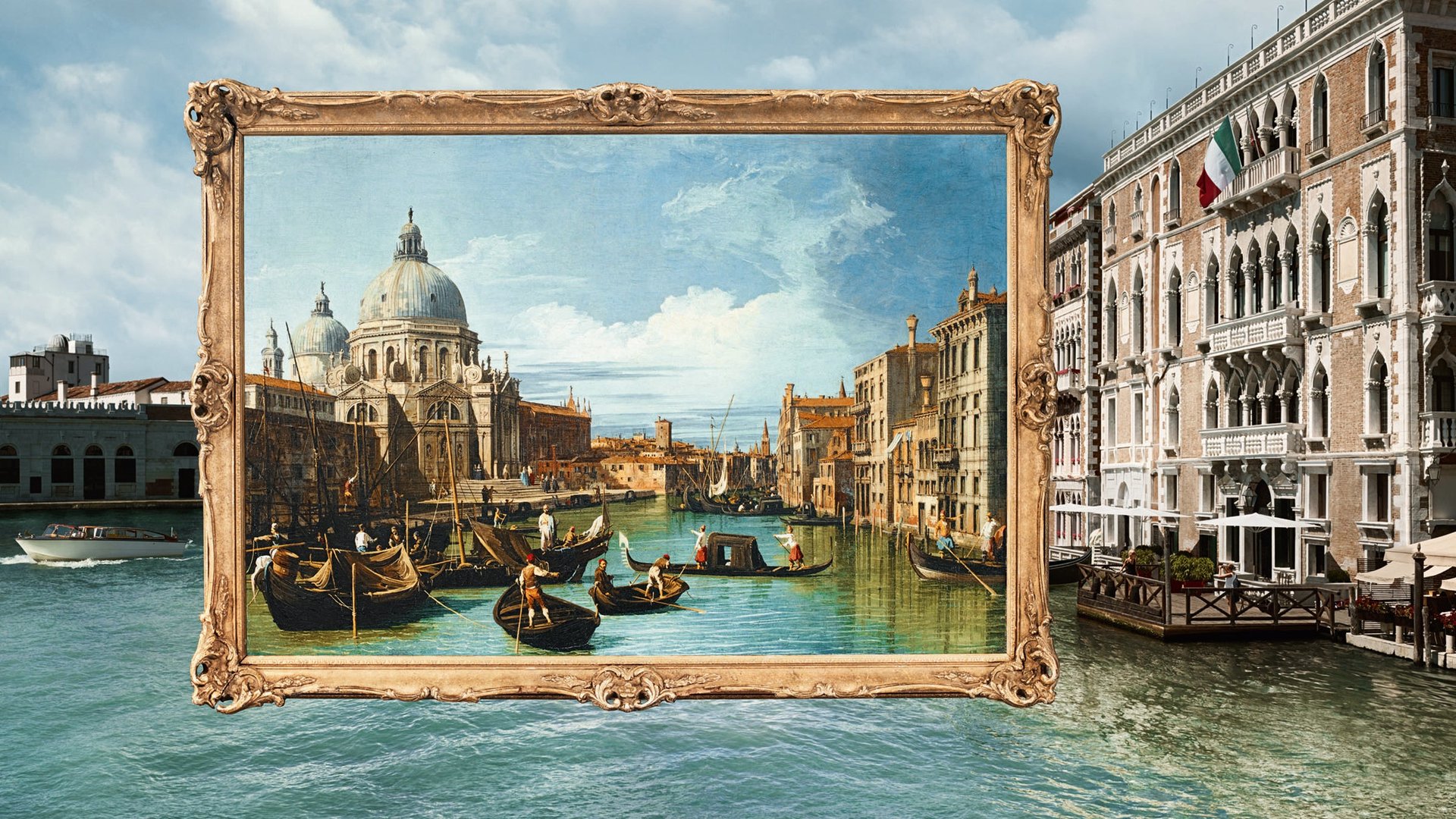Sink or Swim: How Inspired Venetian Engineering Is Rebalancing the City’s Delicate Conflict Between Art and Existence
Despite its unlikely topography, the watery jewel that is Venice has happily housed Italians and their antecedents for over 1500 years.


Despite its unlikely topography, the watery jewel that is Venice has happily housed Italians and their antecedents for over 1500 years.
Venice’s worrying subsidence into the Adriatic has been largely arrested in recent years, thanks to a moratorium on the drilling of Artesian wells.
But Venice still has a flooding problem. Two years ago, half of the centro storico (including St. Mark’s Square) swam under 1.3 metres of floodwater. The worst acqua alta on record, in 1966, submerged the city by a full 2 metres.
Unexpectedly, Moses is coming to the rescue. But this ‘Moses’ is MO.S.E. – the MOdulo Sperimentale Elettromeccanico, a system of hinged gates designed to protect the three Adriatic Sea entrances to the Venetian lagoon.
The Biblical reference is apposite. Moses’ massive 300-tonne box-section barriers lie flat in huge seabed tanks until high tides and storms are forecast, when compressed air is pumped in to lift them upright and block the tidal flow. Once the danger has passed, the air is expelled and the 78 barriers fill with water to pivot back to the sea floor.
This simple but spectacular concept is being made real by Maccaferri, a family-owned firm of environmental engineering specialists based in Bologna. Counselled by Credit Suisse, Maccaferri is delivering a modern solution to an ancient problem while adhering to unyielding ecological regulations.
Locals are optimistic that Maccaferri’s work, due for completion in 2014, will preserve the city’s irreplaceable palaces, squares and bridges – not just for Venetians, but also for the 50,000 tourists who visit every day.
Click here for behind-the-scenes footage of Credit Suisse’s ad campaign featuring its client Maccaferri.
This article is written by Credit Suisse and not by the Quartz editorial staff.